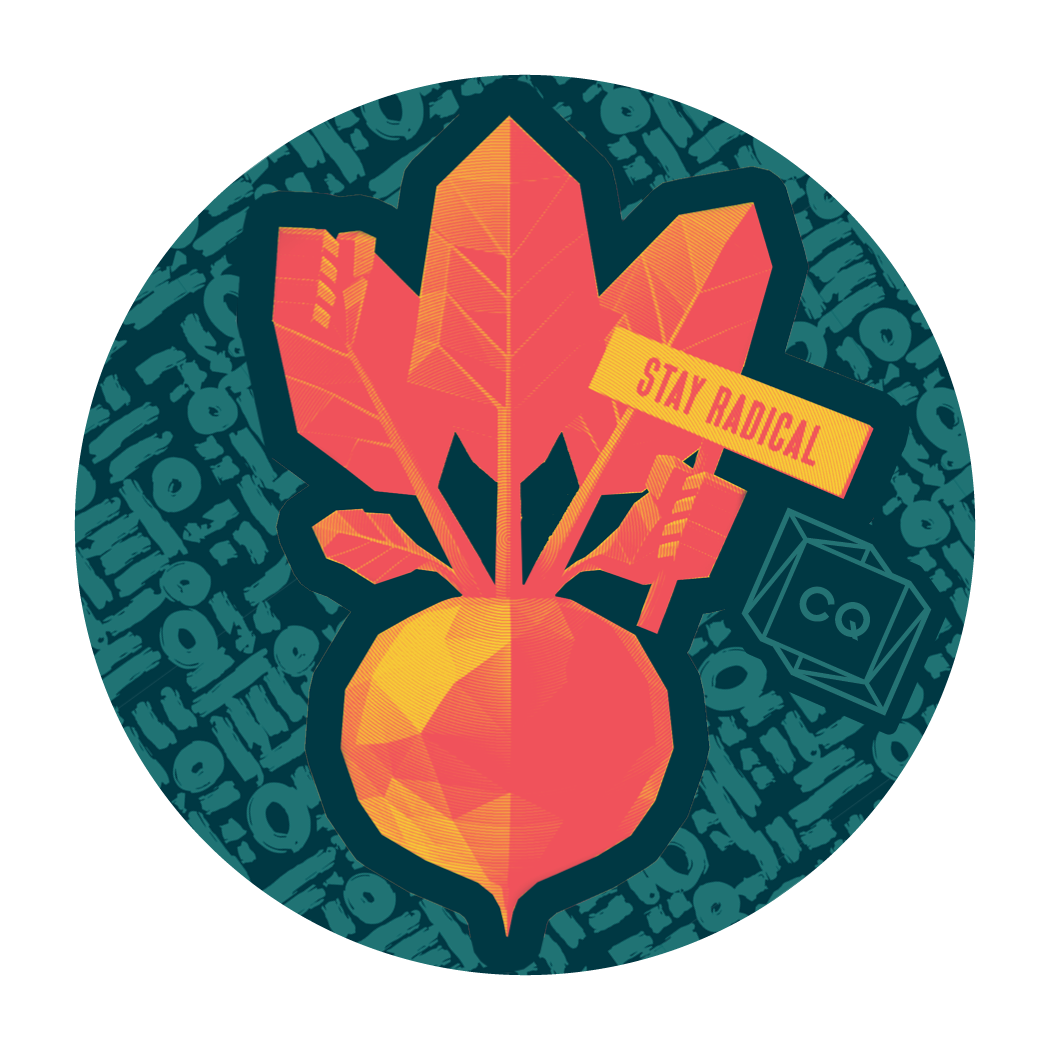THEORY OF PRACTICE
For nearly every injustice, there is an architecture built to sustain and perpetuate it. The force of these issues are often invisible but they are not insurmountable. We hold ourselves to a standard of design that recognized our collective voice in the process of dismantling systems of power.
To be Radical, we must get to the root
At the root of our climate crisis is an infrastructure that exhausts 39% of our carbon emissions and demands 40% of our energy production.
At the root of housing, transportation and economic injustice there are remnants of redlining and convents that continue to extract wealth and codify structural or de facto segregation.
At the root of the unjust policing is a prison industrial complex sustained by spaces that extract human dignity and economic potential from marginalized people in the name of profit.
At the root of food and commercial insecurity is the idea that retail (structures) follows rooftops, meaning the viability of a neighborhood is measured by the acceleration of housing values and individual assets.
PRINCIPLES + VALUES
HONOR THE GRIOT
Amplify the voice of the extant communities who have the knowledge of place and needs far better than anyone else.
CULTURE IS EVOLUTION. CULTURE IS REVOLUTION.
Lift the stories of place as to develop an understanding of the hidden relationships and networks that make space meaningful. Memory is the gateway to potential.
CHALLENGE POWER
Seek to challenge existing power and forward the efforts of racial, social, and cultural reparation through the processes and outcomes of design.
IMAGINE RADICAL JUST FUTURES
Imagine a world that prioritizes healing and marshals collective power in support of historically marginalized communities.
BUILD COLLECTIVE POWER
Work to build collective power with communities to address larger systemic issues made manifest through the built environment.
FORM FOLLOWS FICTION
The language we use to tell the stories of place reveal our values and expose our biases through the interpretation and translation between the architectural language of place and the language of cultural interaction in place.
STRATIFY THE PROCESS
Recognize the level of knowledge in communities and develop roles and opportunities for members to be substantially conscribed into the process.
REPARATION AND LIBERATION
Seek to create spaces and places that acknowledge and repair our past and push systems toward a free and liberated state of being.
DESIGN JUSTICE DEMANDS
-
Design Justice demands that our governing bodies divest funds supporting policing institutions, which unjustly target marginalized people, and reinvest into spaces of care and support within disenfranchised communities.
-
Design Justice demands the cessation of all effort to implement hostile architecture and landscape tactics that profile behaviors and individuals as undesirable or criminal.
-
Design Justice demands we cease the design of all punitive carceral spaces targeting Black, Brown, Indigenous & Asian bodies and instead create spaces of restorative justice.
-
Design Justice demands we eliminate exploitative labor practices that perpetuate power and capital accumulation for the few and instead reorganize our workforce to produce value that is equitably and widely distributed among the many.
-
Design Justice demands that we center community leadership in the design process across a range of project scales, types, and scopes to support community organizing and self-determination.
-
Design Justice demands a genuinely accessible public realm, free from embedded oppression co-created by Black, Brown, Indigenous & Asian communities through democratic and transparent planning processes and policies.
-
Design Justice demands we cease the commodification of housing and neighborhood development and instead center community visioning that creates functional and sustaining spaces and builds reparative generational wealth.
-
Design Justice demands we acknowledge the history of spatial removal and cultural erasure within urban design and planning and secure the place-keeping of disinherited Black, Brown, Indigenous & Asian cultural spaces.
-
Design Justice demands we challenge existing models with radical, anti-racist models of design education, training, and licensing to reflect histories of spatial injustice and ground our work in the service of collective liberation.
-
Design Justice demands Indigenous and Black land sovereignty, land return, and the rights of land itself. Our communities' relationships with land are critical to our survival, safety, and potential to thrive.
-
Water is life; Design Justice demands that we center community-held water management practices, and stop the extractive, exploitative culture and practices that position water as an element to be controlled and commodified.
-
Design Justice demands that the design and construction industries divest from dirty energy and support a Just Transition towards community-controlled power process on the path to decarbonization. The clean energy economy of the future must not cause harm to the environment or people in the generation, transmission, and distribution of energy.
Our siblings at the Design as Protest Collective have developed these demands in collaboration with BIPOC design workers and professionals across the continent. For more depth and detail on how to consider meeting these demands, visit www.dapcollective.com

